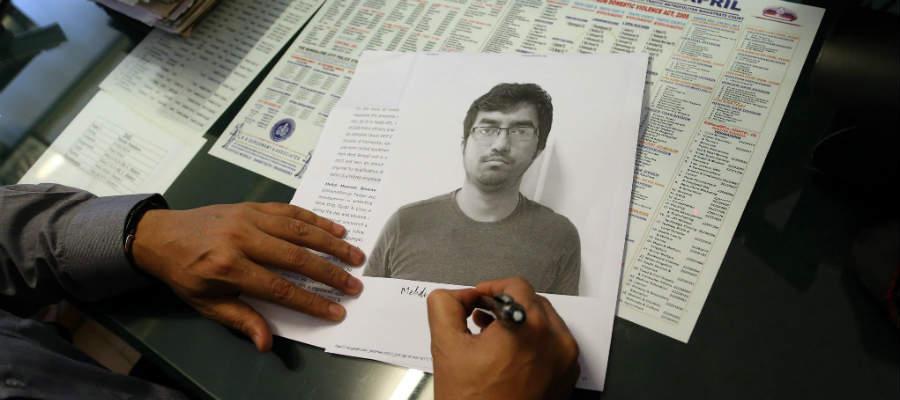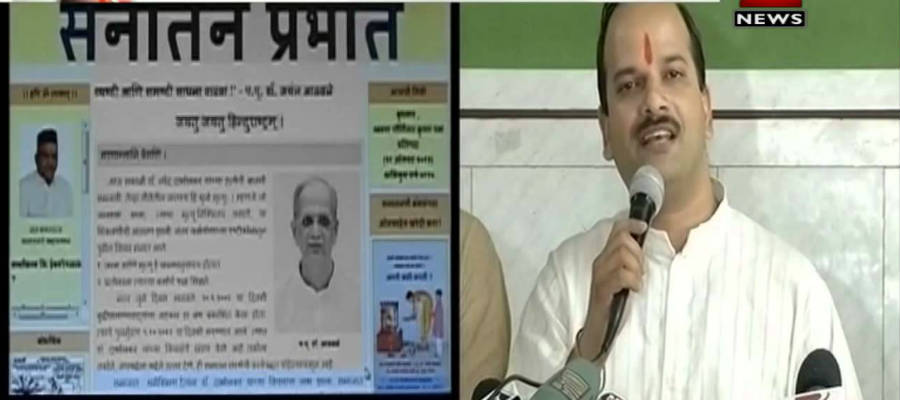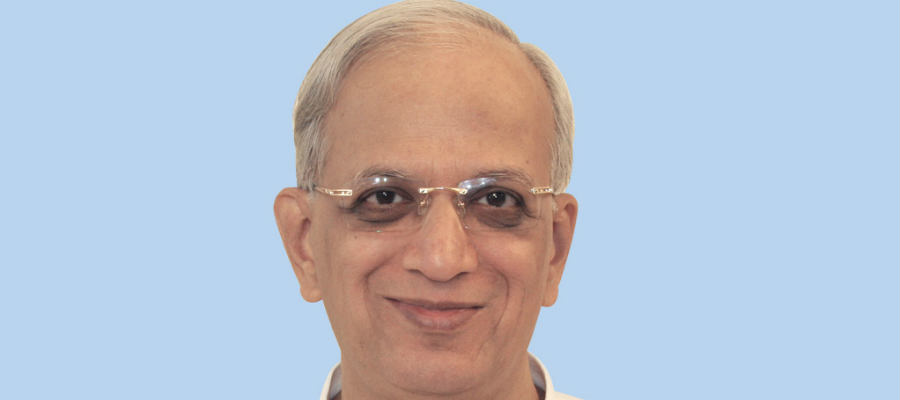BY RSN SINGH
On the eve of the visit of French President François Hollande to India as Chief Guest of the 67th Republic Day, there has been a massive flow of intelligence from Western sources regarding the spread, reach and activities of the Islamic State (IS) cadres in India. Press reports suggest that substantial chunk of the information has been provided by the CIA, which tipped off the Indian intelligence agencies about IS activities in India by tracking IS computers and phones in West Asia as also their IP addresses in Syria and Iraq.
While the promptness and alacrity in sharing intelligence by the Western countries is appreciated, the fact is that the same level of urgency was not displayed hitherto-fore the Republic Day.
A pertinent question does cross the Indian minds whether the same seriousness would have been evinced by Western intelligence agencies if a non-Western dignitary visited India for the Republic Day?
Islamic State pan-Indian network
Reportedly, the ISIS has released an e-book titled “Black Flags from Islamic State”, which makes direct reference to India, particularly the Indian Prime Minister Narendra Modi. In that it has described Mr Modi as a right wing Hindu who worships weapons and is preparing his people for a future war against Muslims. The IS in-roads in India therefore has strong political overtones. Another Intelligence input warned about the threat of IS suicide bombers aged between 12 and 15 years targeting the Prime Minister. The IS footprints in India were increasing even as we pretended otherwise.
About 150 individuals were put under surveillance and 30 have so far been intercepted on their way to Syria. As per ATS Chief of Maharashtra nearly a dozen states in India are under the influence of IS.
It is ironical that it took the French President’s visit to unravel the extent and reach of IS network in India. It clearly indicates that the activities of the IS recruits acquired a frenzied level during the visit. Some 14 people from different parts of the country have been arrested in the last few days following a pan-India crackdown.
Batla House connection
The main recruiter Shafi Armar (alias Yusuf-al-Hindi) based in Syria has been identified. The Chief or the Amir of the IS in India Mudabbir Mushtaq Sheikh (30) and the Deputy Chief Khalid Ahmed Ali Khalid alias Rizwan were arrested from Mumbai. It may be mentioned that Arman heads the Indian offshoot of the IS i.e. Ansar-ut-Tawhid (AuT). This outfit was formed by rebels of Indian Mujahideen (IM) and SIMI. The recruitment process is rather effortless as it does not require recruiters or ideologues and solely relies on internet, hyper and sophisticated social network sites and well-made feature length movies. The key or the founding members of AuT originally belonged to the IM. Some of the key members, apart from Shafi Armar, were Dr Shah Nawaz Alam and Mirza Shadab Beg. These key figures had crossed over to Pakistan after the Batla House Encounter and joined the Al Qaeda, and then formed the AuT to eventually become part of the IS. Two original members of AuT, Mohammad Sajid alias Bada Sajid and Maulana Abdul Kadir Sultan Armar (alias Sultan), were killed in Syria.
The AuT first attracted attention of Indian intelligence agencies when it declared the terrorist killed in Batla House Encounter as ‘Martyr’; however it gained global prominence after the killing of Armar and Bada Sajid in Syria. Significantly Bada Sajid had escaped from Batla House. Both of them were declared martyrs by the IS.
In a way therefore, the Batla House Encounter heralded the origin of the AuT. The SIMI and IM are the main manpower suppliers to the AuT, an affiliate of IS. The IM or SIMI cadres were in a hunt for a more potent Islamic group and therefore initially gravitated towards the Al Qaeda. If the dots with regard to the presence of IS were to be joined, it would appear that the western and southern parts of India were being consumed by this pan-Islamic phenomenon. Western Uttar Pradesh, which includes Haridwar, Roorkee and Sambal is also witnessing the trend. Probably this could be because of the radiating influence of the Deoband seminary. The riots in Western Uttar Pradesh could have well been triggered by external forces to reap the harvest of recruits for pan-Islamic organizations like the IS, for the simple reason that recruits cannot be found amongst the populace living in harmony.
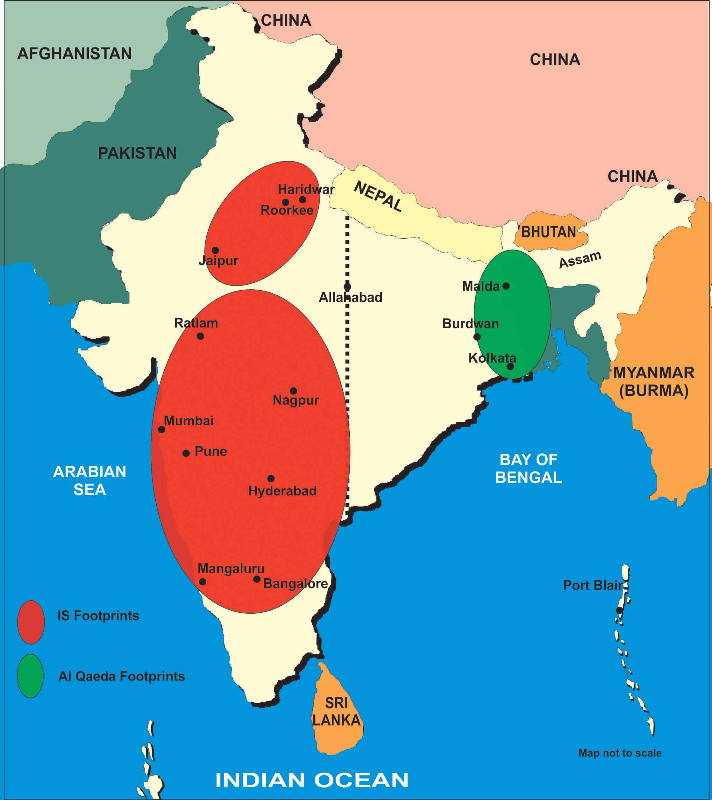
IS footprints
The picture that emerges from joining the dots with regards to inputs on terrorists activities suggests that the Western half of India (areas west of vertical imaginary line from Allahabad southwards) i.e. Ratlam, Mumbai, Pune, Nagpur, Hyderabad, Bengaluru, Mangaluru; and Haridwar, Roorkee, Jaipur have been the main centers of recruitment and activity of the IS. So far six youth have been killed while fighting for the ISIS in Syria, i.e. three from Hyderabad, one from Telangana, one from Maharashtra and one from Azamgarh in UP. The Eastern half (areas east of vertical imaginary line from Allahabad southwards) i.e. Kolkatta, Cuttack, Burdwan, Malda and Assam are being buffeted by the Al Qaeda.
IS, Al Qaeda and Pan-Islamism
The recruiting pattern suggests that the IS is looking for urban educated youth. Globally, this is the phenomenon as the IS attracts urban educated class as opposed to Taliban, which is tribal and parochial in orientation and appeal. The IS has more than 3000 fighters from Western countries, which reflects its global jihadist appeal. It may also be mentioned that the Al Qaeda does not differ much with the IS as far as ideology is concerned, in fact the IS is an offshoot of Al Qaeda. There is however one big difference and that is the rabid enmity that IS harbours vis-à-vis the Shias. It has gone to the extent of destruction of Shrines of Shias as well as other rival sects. Though Al Qaeda, Afghan and Pak-Taliban, also are not Shia loving, they have consciously avoided any overt enmity as a tactical imperative. Also, as opposed to the local agendas of Taliban, the Al Qaeda and the IS have global agendas. Nevertheless, the common strand amongst these groups is the use of terrorism as the chief weapon to achieve their objectives.
Now that the Chief and Deputy Chief of the IS organization India ‘AuT’ have been arrested and their handler identified, will the organization be obliterated. Not really. Mumbai, Bengaluru, Mangaluru and other parts as indicated have gone too far in the path of radicalization. Many Indian Muslims, like elsewhere in the world, have constantly been fed spurious ideas about the imminent triumph of Islam. Because the idea is specious, it is elusive. That is why Muslims in India or the Indian Subcontinent become victims of LeT, Al Qaeda, JeM, JeI and IS. This explains the T-shirts of Khomeni, Saddam or Osama bin Laden through successive decades of recent history.
It is journey for Muslim youth to nowhere.
Radicalization of Women and Children
What is serious this time about the IS phenomenon in India is the involvement of girls (16-year-old Pune girl), women (deported from Abu Dhabi), students, teachers, technocrats, IT professional (Google employee), journalist, Indian Oil executive and children who are being prepared to become suicide bombers to target the Prime Minister.
The radicalization or brutalization of souls of women and children for a violent cause is an alarming indicator. The IS recently released a video of a child beheading another person. Seen together with the fact that 30 percent of the Maoist attacks are staged by women cadres, the overall security environment in India is increasingly becoming vitiated and dangerous.
In India the attraction to the idea of Caliphate is not new. Even Mahatma Gandhi had succumbed to the idea by his support of the Khilafat Movement in early 1920s, even be it for political reasons. Basically, all jihadi organizations are pan-Islamists in nature, be it Taliban, LeT, JeM or LeJ, but most of them suspended this agenda in favour of more immediate exigencies, thus thwarting expansion of ISIS territory. It is here that the IS is finding a problem in expanding its territory.
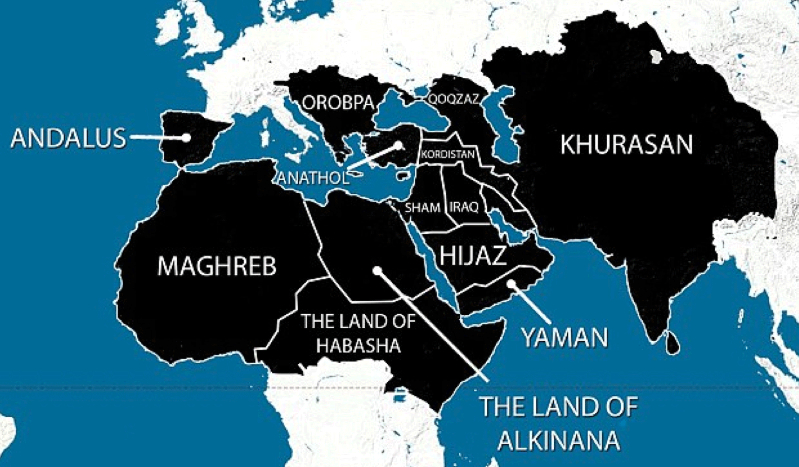
IS expansion
The expansion of IS territory as envisaged in the map released by Baghdadi is not manifestly possible. This territory can never be continuous and contiguous. The most formidable obstacle to this expansionism is the Shia state of Iran. Also while Afghanistan may not be militarily strong, it is no push over either. Moreover, it would have also to contend with the American or NATO presence in Afghanistan. Besides, the military intelligence establishment of Pakistan would not like the IS to occupy an area that geopolitically and strategically is vital to it. The military-intelligence establishment in Pakistan cannot brook an organization that unlike other jihadi groups wants to take control over Pakistan’s land and not work behind the scenes.
The IS is being seen as a challenge to the local agendas of Taliban and jihadi groups like LeT. In December 2015, a local militia force loyal to Haji Zahir, Deputy Speaker of Parliament, beheaded four IS fighters and placed their heads on the roadside in Achin district of Eastern province of Nangarhar. The IS has made inroads into several districts of the province. On 10 January 2015, the formation of Islamic State of Khorasan was announced, composed primarily of disaffected members of TTP and Afghan-Taliban. This year the group recruited large number of fighters, who fled to Afghanistan after military operations by Pakistan Army in FATA. The US has recently declared this Af-Pak wing of IS a foreign terrorist organization. Earlier this month, the Pakistan security forces arrested 60 suspected supporters of IS from various areas of Khyber-Pakhtunkhawa. These arrests were based on information provided from supporters of IS earlier arrested from Punjab and Islamabad just before the attack on Pathankot air Base. It clearly indicated that the military-intelligence establishment is apprehensive about its proxy arms like LeT and JeM losing cadres to the IS.
Different countries are responding in different ways to the Islamic State threat. The Emomali Rakhmon dispensation in Tajikistan has forced 13000 men to shave off beards and shut down 160 shops selling hijab. Thousands of men have been arrested for adopting mannerisms “alien and inconsistent with Tajik culture”. The Taliban has already declared the IS as an apostate outfit. Hafiz Saeed, the Chief of LeT, has been pressurizing the military-intelligence establishment in Pakistan for purging the country of the IS in-roads. In an interview to the IS magazine Dabiq, the IS Khorasan Chief Hafiz Saeed Khan (namesake of the LeT chief) lambasted the LeT and Afghan-Taliban for being puppets of Pakistan’s ISI and abandoning the cause of Caliphate and the rule of Allah. He accused the ISI and LeT for exploiting the ‘zeal’ of people of Kashmir for the sake of their own interests and not out of concern for Muslims. He said: “the apostate factions and agents such as LeT, do not have control over any territory in the regions of Kashmir because they proceed in accordance with the orders of Pakistani intelligence”. He also said: “because of this many people of Kashmir and members of other organization has joined Islamic State… there is big opportunity for IS to expand in Kashmir … Muslims will soon hear pleasant news about Khilafat’s expansion to these lands”.
Conclusion
India cannot unquestionably rely on the Western countries, particularly US, to fight the growing IS threat. The Russians did not trust either and intervened in Syria. Ironically, Russia has deployed its troops on Tajikistan-Afghanistan border to prevent further IS ingress in to Central Asia. It accuses US of tacitly supporting the IS ingress. Despite more than 8000 sorties by American (coalition) fighters and 3338 sorties by Russia, the ISIS continue to hold sizable territory, and controls 60 percent and 10 percent of Syrian and Iraqi oil respectively. Undoubtedly, there is a larger global geopolitics, unleashed by powers that be, at work and has major territorial dimensions, of which India is a collateral victim. Since the Islamic State cannot expand its territory by any incremental or contiguous manner, it will rely on offshoots such as the AuT in India or the IS Khorasan in Afghanistan. The evidence of this method has been in Bangladesh wherein IS affiliates have targeted foreigners (Italian and Japanese) and a Shia mosque. This phenomenon is more worrisome for India rather than contiguous expansion of territory. Given the sway of the social media, indoctrinated and radicalized youth can easily be recruited no matter where they are.
(RSN Singh is a former military intelligence officer who later served in the Research & Analysis Wing. The author of two books: Asian Strategic and Military Perspective and Military Factor in Pakistan, he is also a Guest Blogger with Canary Trap. The opinions expressed by the author and those providing comments are theirs alone, and do not reflect the opinions of Canary Trap or any employee thereof)
(Note: This article first appeared on the Indian Defence Review website on February 6, 2016)
